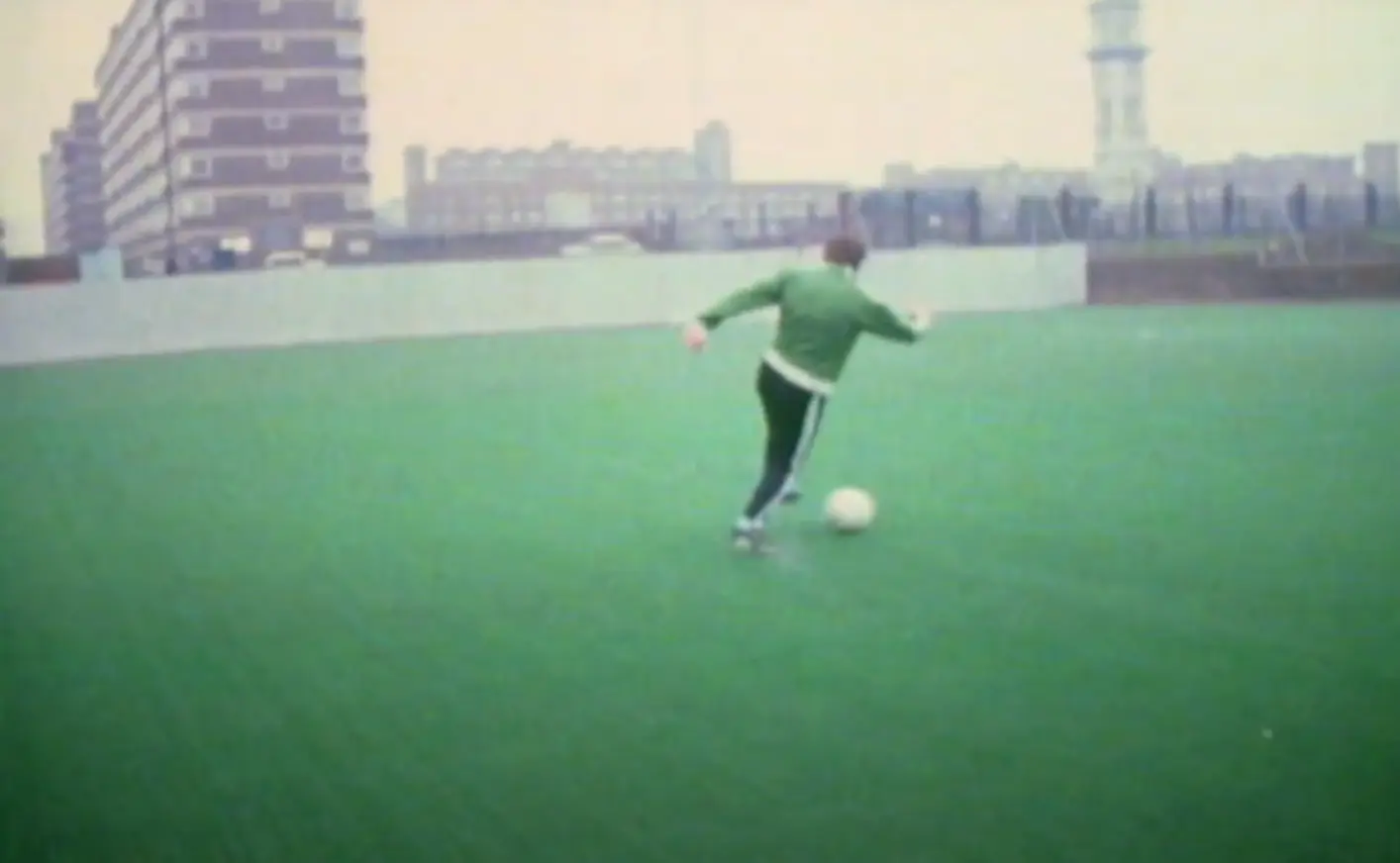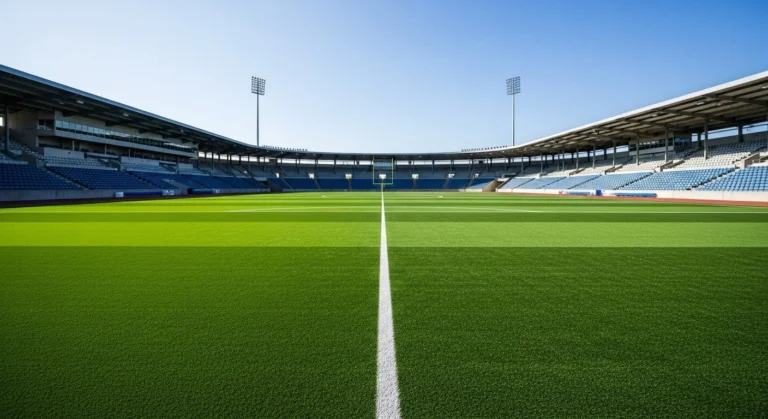New Slant on the Mod Sod: From Controversy to Innovation
In 1971, Sports Illustrated published an article that sparked a heated debate across the football world. Titled “New Slant on the Mod Sod”, the piece explored the sudden rise of artificial turf in professional and college football. It was sharp, witty, and critical. At the time, synthetic grass was being marketed as a revolutionary step forward, a futuristic replacement for the worn out, muddy natural fields that were common across the country. But beneath the polished surface, there were problems big ones.
This blog revisits the original story and takes a broader look at how far artificial turf has come since those early days. What started as a bold experiment soon faced backlash, but over the decades, new technology and smarter design have reshaped the landscape. This is a modern perspective on an old controversy a new slant on the original “mod sod.” (New Slant on the Mod Sod)
The Early Days: Promise Meets Reality
Back in the late 1960s and early 1970s, natural grass football fields were often in terrible shape. After heavy rain, they became muddy swamps. In colder climates, they froze solid. Players would slip, slide, and sometimes even sink into the ground. Field maintenance was a constant challenge, and games often suffered because of poor playing conditions.
When artificial turf made its debut, it was celebrated as a game-changer. Brands like AstroTurf, Tartan Turf, and Poly-Turf began to appear in major stadiums. These synthetic surfaces promised year round playability, fewer cancellations due to weather, and significantly less maintenance. Stadium managers were thrilled. No more mowing, no more mud, and no more dealing with torn-up patches after just one game.
However, the excitement didn’t last long. As more teams began to use artificial turf, the complaints started rolling in.
The Criticism Hits Hard
The Sports Illustrated article captured the mood perfectly. It was witty but deeply concerned. The writer didn’t just focus on the technology he focused on the people using it. Players reported serious injuries, strange burns on their skin, and painful abrasions from sliding across the rough plastic surface. Some compared it to playing on a carpet stretched over concrete.
In one shocking detail, the article mentioned that temperatures on the surface could soar above 120 degrees Fahrenheit. In Miami, players actually wrapped their feet in aluminum foil to avoid blisters from the heat. Seams split open, water pooled in low spots, and the surface sometimes rippled, turning into a tripping hazard. At one point, glare from the turf at Candlestick Park was so intense that it made it hard to see the ball.
The turf may have looked clean and modern, but underneath the image was a hard, unforgiving layer that did little to protect players from impact. Orthopedic doctors and team trainers began noticing an increase in leg injuries. One study suggested that knee injuries were up by as much as 50 to 60 percent on synthetic turf compared to natural grass.
The backlash grew stronger. Players spoke out. Coaches were divided. And finally, this matter reached to the halls of Congress. Lawmakers began questioning whether synthetic turf was safe for professional athletes. The NFL Players Association even pushed for a halt to further turf installations until more safety studies could be completed.
Public Debate and National Attention
At the time, this wasn’t just a sports issue. It became a cultural one. The debate over artificial turf reflected a broader conversation about technology, health, and tradition. Football had always been a rough game, but players had never faced injuries from the ground itself.
Photos turf began to circulate. Parents and fans raised concerns, especially as colleges and high schools began installing similar surfaces. While some people believed it was just growing pains with new technology, others called for a complete return to natural grass.
Some stadiums, like Soldier Field and Lambeau Field, held off on switching to turf altogether. Others reversed course after just a few years. But not every team had that luxury. For indoor stadiums or multi-purpose venues, natural grass wasn’t even an option.
The Turning Point: Innovation Through Pressure
What the original “New Slant on the Mod Sod” article helped achieve was pressure. The wave of criticism forced turf manufacturers to go back to the drawing board. Early turf was basically a green carpet with a thin layer of padding. It wasn’t built with player safety in mind. But after enough data piled up, changes began to happen.
By the 1980s and 1990s, a new generation of artificial grass started to appear. These newer surfaces had longer fibers, softer infill materials like rubber and sand, and improved drainage systems. Instead of hard, flat plastic, turf started to mimic the structure and behavior of real grass more closely.
The most important changes weren’t just cosmetic. Engineers and sports scientists collaborated to develop systems that absorbed impact better, reduced heat retention, and offered more consistent footing. These upgrades didn’t come all at once, but the direction was clear: artificial turf had to become safer if it was going to survive.
Modern Turf: A Different Game then New Slant on the Mod Sod
Today, artificial turf is nothing like the surface that players endured in the early 1970s. The materials are more advanced, the padding is thicker, and the infill systems are designed to cushion falls and reduce injury risks. Many of the problems described in the 1971 article have been addressed or eliminated.
In fact, some modern turf fields are now safer and more consistent than poorly maintained natural grass. They don’t get muddy, they don’t freeze, and they don’t wear down in high-traffic areas. This makes them especially popular in schools, parks, and community fields where maintenance budgets are limited.
There are also environmental advantages. New turf systems can help conserve water, avoid pesticide use, and reduce emissions from lawn equipment. Some are even made from recycled materials, and companies continue to explore ways to make them more sustainable.
That’s not to say all concerns are gone. Heat remains an issue in warmer climates, though manufacturers have developed heat-reducing technology and cooling infills. And while injury rates have improved, some athletes and experts still argue that natural grass is better for certain types of movement and recovery.
But the gap has narrowed. Unlike the early days, players today don’t have to wrap their feet in foil or worry about losing skin from a slide tackle. The field has evolved, and the turf war of the past now feels like a necessary step toward smarter design.
Looking Back to Look Forward
When Sports Illustrated ran “New Slant on the Mod Sod” in 1971, it wasn’t just reporting on a sports trend. It was warning us. The article called out the gap between marketing and reality, between invention and impact. It told the story of how a well-intentioned innovation created unexpected problems and how those problems could only be solved by listening to the people who actually used the product.
That message still matters. Technology in sports will always evolve. New gear, new surfaces, new rules progress is constant. But the lesson of the mod sod reminds us that real progress only comes when we combine innovation with responsibility.
Conclusion: A Slant Worth Revisiting
The phrase “New Slant on the Mod Sod” still resonates more than fifty years later. Back then, it captured a moment when the football world was being reshaped literally. The turf under players’ feet symbolized the collision of tradition and technology. Today, it reminds us of how far we’ve come.
Artificial turf is no longer the dangerous surface it once was. It’s not perfect, but it’s dramatically better, safer, and smarter than its earliest versions. The criticism that once surrounded synthetic fields helped drive improvements that players today benefit from every time they step onto the field.
In the end, revisiting that original article and adding a modern perspective isn’t changing its message. It’s honoring it. It’s telling the full story not just how artificial turf began, but how it adapted, improved, and earned a place in the game.


